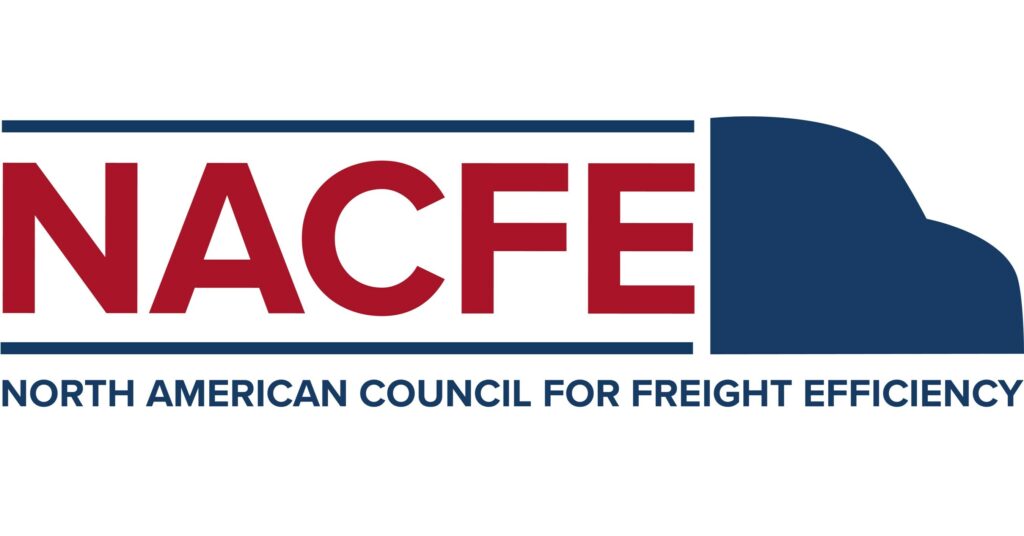In today’s long-haul industry, fleets are exploring fuel and technology solutions that will reduce or eliminate their tailpipe emissions. The advances and regulations around diesel, renewable diesel, and biodiesel have kept this historic fuel as a strong choice for fleets looking to reduce emissions with limited equipment overhaul or upgrades. Experts in this session will discuss how diesel and its drop-in alternatives can continue to play a role in the Messy Middle.
Insights Provided
- Understand the differences among biodiesel, renewable diesel, and fossil diesel in composition, emissions, production, and more.
- Learn how fuel availability can impact decision-making.
- Discover how on-market and market-ready fuel efficiency practices paired with diesel fuel can impact fleets’ tailpipe emissions.
- Explore what current and future regulations, like the EPA 27 Low NOx Rule, could mean for further technology development.
–
Additional Resources
- Biodiesel Handling and Use Guide (U.S. Department of Energy)
- 2023 Biodiesel Quality Annual Reports (NREL)
- Alternative Fuels Data Center – Alternative Fuel Station Locator (U.S. Department of Energy)
- OEM Support Position (Clean Fuels Alliance America)
- What is PC-12? (Shell)
- Linking Lubricants to Improved Fuel Economy and Reduced CO2 Emissions (Shell)
- Shell Starship Initiative (Shell)
- Immediate Decarbonization of Class 8 Trucking (Optimus Technologies)
- Messy Middle Bootcamp Session 1 Slide Deck


